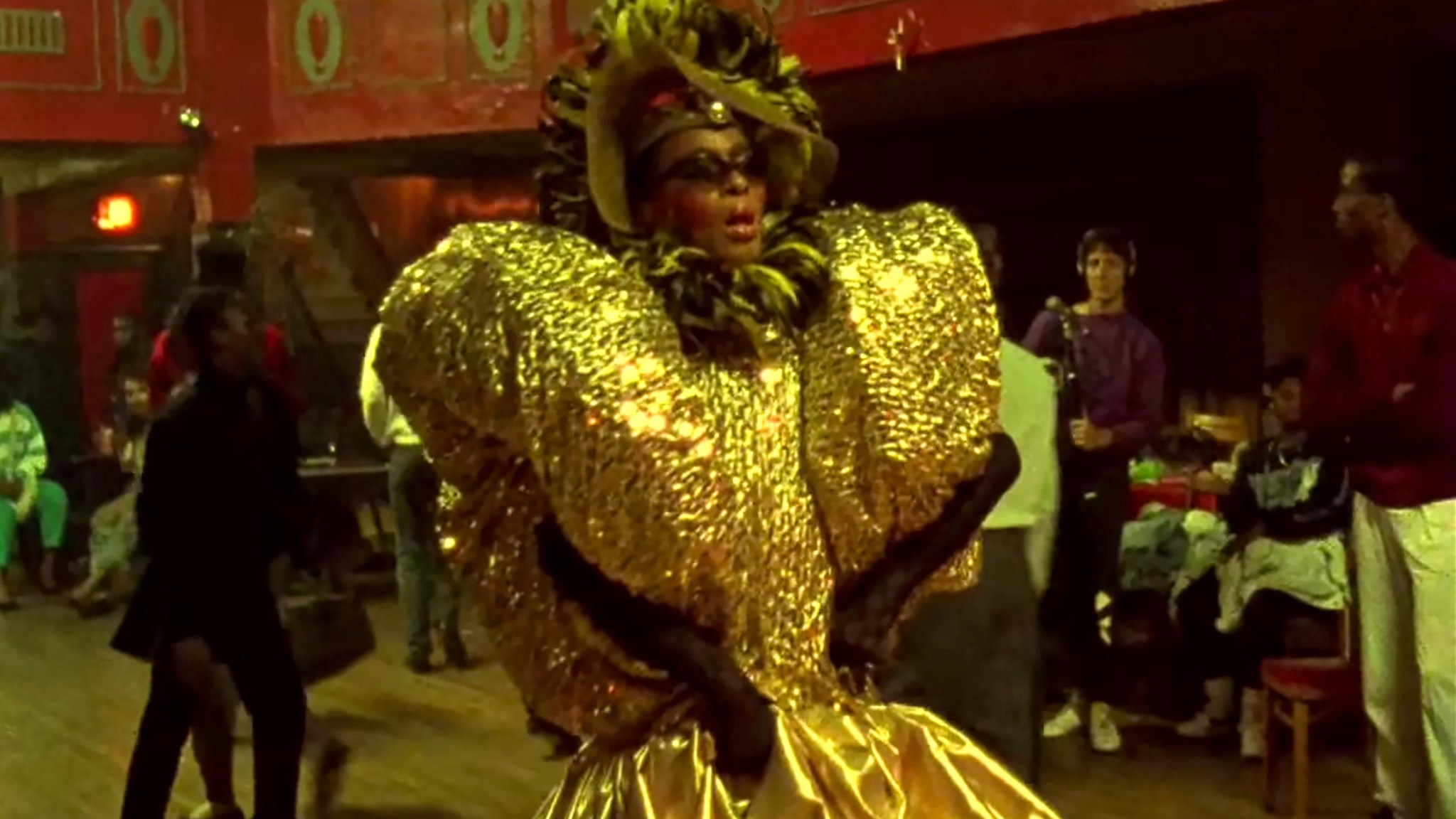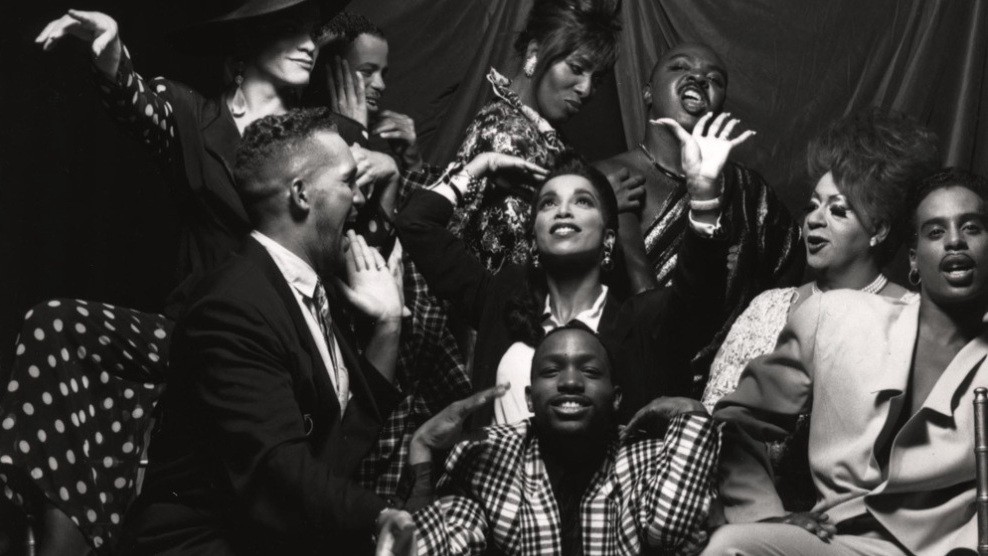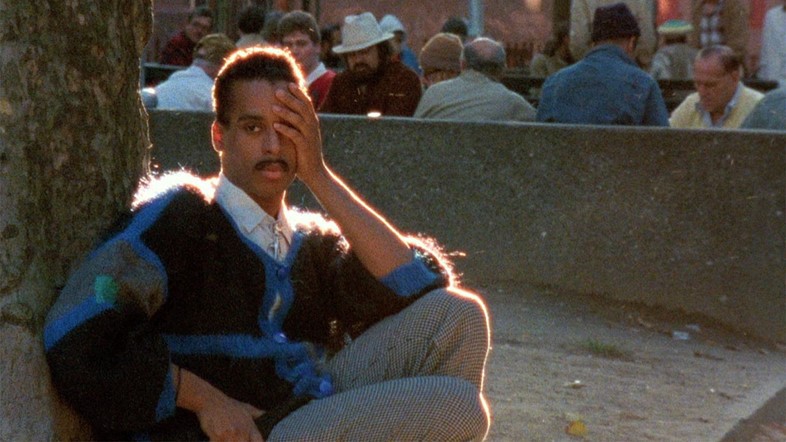“Bound” Review: A Thrilling, Sultry, and Timeless Love Story
Though 'Bound' technically falls under the genres of crime and thriller, the film's heart is a romance between two women.
Incluvie Foundation Gala - Learn More


Since it’s Pride Month, I decided to look at a documentary that has been both influential and controversial in the LGBTQ+ community.
Paris is Burning is a documentary about drag and ballroom culture in New York City in the late 1980s. Filming many ballroom performances and following the lives of these performers, director Jennie Livingston found success at the Sundance Film Festival and got picked up by Miramax.
While the answer is two sides of the same coin, both sides are worth talking about. One side is the introduction of drag-ball to a mainstream audience. Paris is Burning helped shows like Pose, Legendary, and Rupaul’s Drag Race to make their way to television. RPDR even pays homage to the film by referencing it in the beloved “reading” challenge. On the other hand, it serves as an example of a White director receiving success from their film while the vulnerable groups that were portrayed (trans-feminine, QTPOC, and more) ended up unfairly compensated, sometimes ending their lives in poverty or worse, murdered. While the film did some good, it also did some bad.

Paris is Burning gave a platform for many drag and ballroom performers to tell their stories and explain their love of an art form that empowers them. Pepper LaBeija, Kim Pendavis, Dorian Corey, Venus Xtravaganza, Angie Xtravaganza, Willi Ninja are all names that resonate within a large community. Corey explains the beauty of drag like this:
“In a ballroom you can be anything you want. You’re not really an executive, but you’re looking like an executive. And therefore you’re showing the straight world that I can be an executive. If I had the opportunity, I could be one. ”
Drag is not just an aesthetic, it’s a celebration. As one of the ball audience interviewees attests: “It’s wonderland, you go in there and you feel 100% right in being gay”. So while the outside world may be cold, dark, and violent to trans and gay people, and with the AIDS epidemic on the rise at the time, going to a ballroom with trophies, fanfare, fashion, music, and dancing was a liberation and a fantasy.

Paris is Burning demonstrated the value of showcasing these voices at a time when AIDS was still being referred to as the “Gay Plague” and “GRID.” Its success proved that Americans and the movie industry were interested in hearing and marketing these voices, and there could be critical smash hits in media about drag and queerness.
A lot of modern everyday conversations use idiomatic language created in the ball scene. Popular slang like “shade,” “reading,” “fierce” “yassss queen” or “work” all stem from that world. As one of the performers puts it: “I don’t have to tell you you’re ugly… I don’t have to tell you because you know you’re ugly. That’s shade.”
When people who are not part of the drag world use that vernacular, they are acting in appropriative behavior. The director of the documentary is, in a larger way, guilty of appropriation too. She profited off the back of her actors and storytellers.
Livingston was a middle-class, white, genderqueer lesbian who went to film school. She was not a part of the ballroom world, and can therefore be accused of voyeurism and enabling cultural appropriation. The subjects of the documentary were low-income, and not white. The first line of the film is a voice-over of an interviewee, saying: “I remember my Dad saying, you have three strikes against you in this world. Every black man has two. That they’re just black and they’re a man. But you’re black and male and you’re gay. You’re gonna have a hard [expletive] time. You’re gonna have to be stronger than you ever imagined.”
When the film started gaining momentum and financing, there was debate over who would get paid. In 1993, Jesse Green wrote a NYT article detailing how that went. The performers, like Pepper Labeija, argued that it made them famous but not rich. Suddenly, they were in magazines, but their lifestyles hadn’t changed, making their media portrayal a skewed one. Livingston retorted that “The journalistic ethic says you should not pay them [subjects]. On the other hand, these people are giving us their lives! How do you put a price on that?” So while the director was aware that something had to be done, her attempts fell short. Once she made the movie, she controlled the narratives of their lives. Their lives helped her to win awards and money. But the stars did not get much in return. They did not get richer, and some were killed or became ill. Livingston earned respect as a filmmaker with awards at Sundance and made some money in the process. While that is not inherently bad, her existing financial comfort could have allowed Livingston to give proceeds to the struggling queer artists.
Paris is Burning eventually grossed $4 million at theaters in the United States. For a documentary that cost only $500,000 (including $175,000 for music licensing), that is outstanding. Once the distribution company took over, the few performers who were still alive did not get compensated accordingly.

Adding insult to injury, a memorial screening was held in New York a few years ago that only included white moderators and speakers. This tone-deaf move launched a petition that convinced the organizers to change their lineup.
So while Paris is Burning did help drag-ball transform from a niche community to a more mainstream subculture, it did so at the expense of the people who made it great. It’s an important movie with real people depicted, and equally noteworthy because of the discussion engendered by the aftermath of its release.
Related lists created by the same author
Though 'Bound' technically falls under the genres of crime and thriller, the film's heart is a romance between two women.
Related diversity category
Gay representation is out there, but to portray a character who's gay as a big, happy brute is a rare treat.